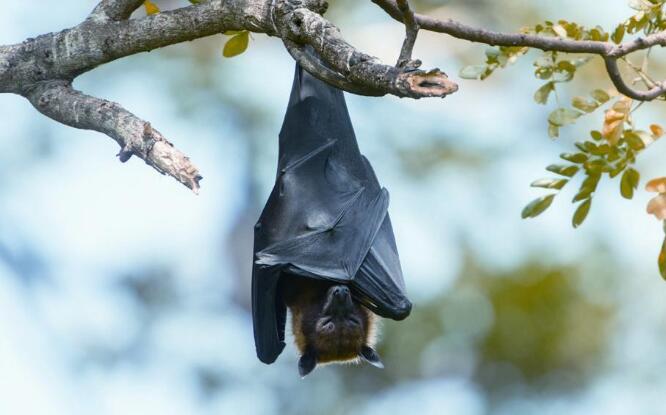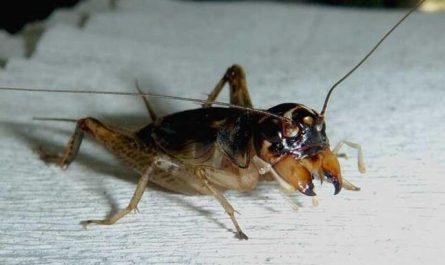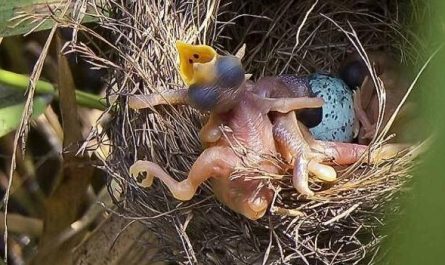The reason bats are not birds
In terms of number of species, bats are second only to rodents. Except for the north and south poles and some remote ocean islands, there are bats everywhere in the world, with the largest number in tropical and subtropical bats. Almost all bats rest during the day and feed at night. The color, fur texture, and face of bats vary greatly. The bat’s wings evolved from the forelimbs during the evolution process, and are composed of skin (wing membrane) connected between their slender claws. The snout of a bat resembles a rodent or a fox. The outer ear protrudes forward, is large, and is very flexible. The bat has a short neck, wide chest and shoulders, well-developed breasts, and slender hips and legs. Except for the wing membrane, the bats are covered with hair, the back is in shades of gray, brown, brown, or black, and the ventral side is lighter.
On the other hand, a bat has tiny teeth in its mouth, and it does not have crops and gizzards, so it is completely different from birds. In fact, a bat is a small beast. Although it is not like a large beast that walks on the land with limbs, it does have limbs, but the forelimbs have been degraded, and there are thin wings between the front and hind limbs. It is the wings of a bat in our impression, but its wings have a completely different structure from that of a bird.
Bats have the same fur as other beasts, and bats are not only viviparous, even newly-born baby bats also feed on their mothers’ breasts on their backs. This is completely different from oviparous birds.
The habits of bats
People often use the term “birds and beasts” to describe birds and beasts, but this statement is sometimes not correct, because some birds can’t fly, such as ostrich, emu, kiwi and penguin; There are also some beasts that do not go, such as living in the sea
Cetaceans in the ocean, etc., while bats do not walk on the ground like ordinary terrestrial beasts, but can fly in the air like birds. Certain species of bats are masters of flight. They can turn around very quickly in narrow places. Bats are the only mammals that can flap their wings. Other flying mammals, such as flying squirrels, just glide in the air by their wing-shaped skin. ! At night, bats find their way and hunt by sound waves. They emit sound waves that humans cannot hear. When this sound wave encounters an object, it will return like an echo, so the bat can distinguish whether the object is moving or stationary, and how far away it is. Long-eared bats prey on insects in flight, and it can also catch insects from leaves. Its big ears enable it to receive echoes.
Bats are the only beasts that can really fly. Although they do not have the feathers and wings of birds, and their flying ability is much worse than that of birds, their forelimbs are very developed. The upper arms, forearms, metacarpal bones, and phalanges are very long. A thin and hairy layer of soft and tough skin from the end of the phalanx to the humerus, side of the body, hind limbs and tail forms the unique flying organ of bats—winged hands. There are also records about bats in ancient China that they also live in stalactite caves, called fairy mice. Bats there can drink water from the cave to get longevity. After thousands of years, their body colors have also changed dramatically. The dark color turned into white all over, which is probably why they are called fairy rats.
Bats use waves to determine whether there are obstacles ahead and use this to change the flight path. In the past, many people said that bats had poor eyesight, but it was actually a big mistake. Many scientists have pointed out that the eyesight of bats is not bad, and that different kinds of bats have different eyesight. The use of ultrasound in bats is not necessarily related to their eyesight.






